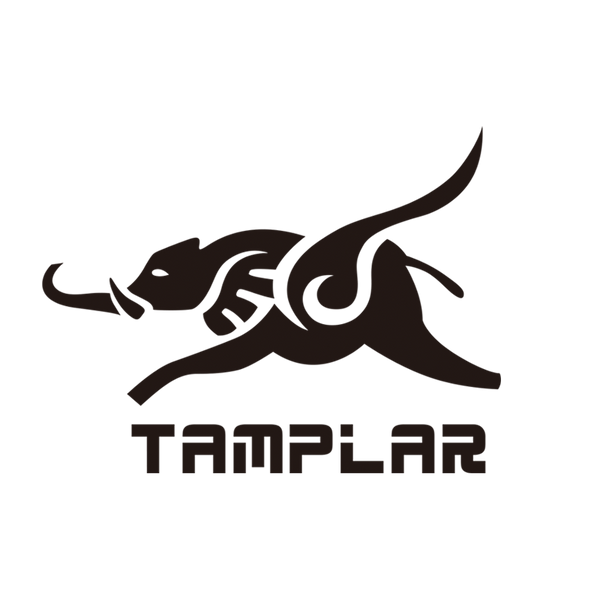The basic feature of arc welding inverter is its high working frequency, which brings many advantages. This is because the transformer, whether it is the primary winding or the secondary winding, has the following relationship between its potential E and the frequency f of the current, the magnetic flux density B, the cross-sectional area of the core S, and the number of turns W of the winding:
E=4.44fBSW
and the terminal voltage U of the winding is approximately equal to E, namely:
U≈E=4.44fBSW
After U and B are determined, if f is increased, S will decrease and W will decrease. Therefore, the weight and volume of the transformer can be greatly reduced. In this way, the weight and volume of the whole machine can be significantly reduced. Not only that, it also brings many advantages due to the increase in frequency and other factors. Compared with the traditional arc welding power source, its main features are as follows:
1. Small size, light weight, material saving, easy to carry and move.
2. High efficiency and energy saving, the efficiency can reach 80%~90%, which saves more than 1/3 of electricity compared with traditional welding machines.
3. Good dynamic characteristics, easy arc ignition, stable arc, beautiful welding seam shape, small splash.
4. It is suitable for combining with robots to form an automatic welding production system.
5. One machine can be used for multiple purposes to complete various welding and cutting processes.
Due to the above-mentioned series of advantages of inverter power supply, it has developed extremely fast since its appearance in the late 1970s, and its application range has been quite wide in industrialized countries such as the United States and Japan.
The switching elements used in inverter power supply are SCR (Thyristor), GTR (Transistor), MOSFET (Field Effect Transistor) and IGBT (an electronic component with the advantages of GTR and MOSFET). IGBT has the potential to replace several other switching elements. IGBT inverter welding machine is a major advancement in welding machine technology in the world today and a new trend in development.
The welding head converts the energy output from the welding energy equipment into welding heat, and continuously feeds the welding material, while the head itself moves forward to realize welding. The welding tongs used for manual arc welding must be continuously fed downwards manually as the welding rod melts and move forward to form a weld. The automatic welding machine has an automatic wire feeding mechanism and a head walking mechanism to move the head forward. There are two commonly used heads, trolley type and suspension type. The welding head of resistance spot welding and projection welding is the electrode and its pressure mechanism, which are used to apply pressure and energize the workpiece. There is a transmission mechanism for seam welding to drive the workpiece to move. For butt welding, static and dynamic fixtures and fixture clamping mechanisms, as well as mobile fixtures and upsetting mechanisms are required.
